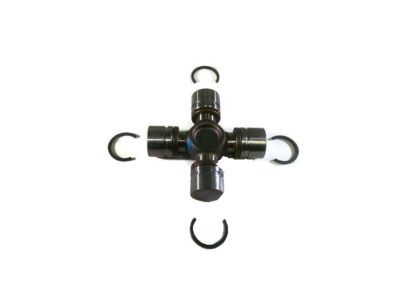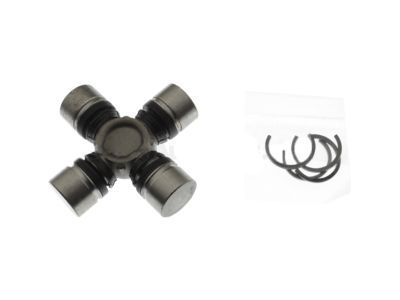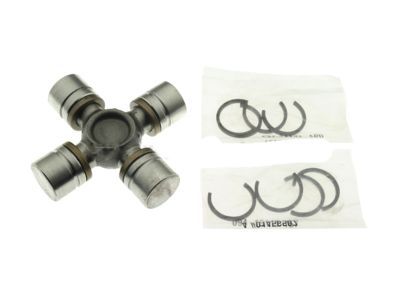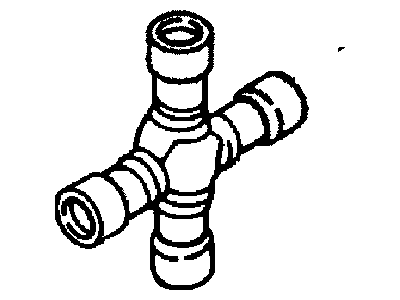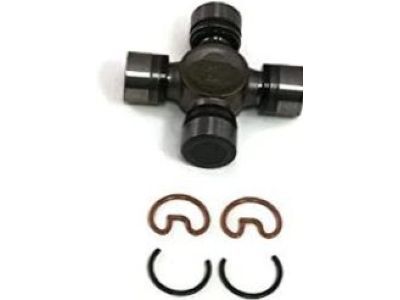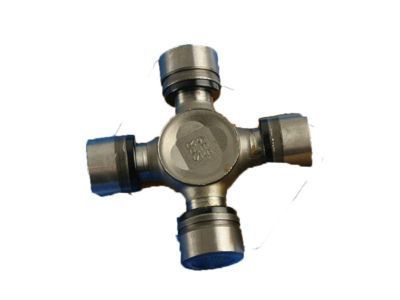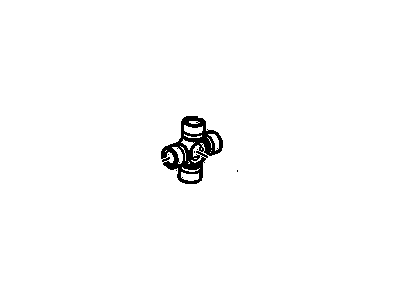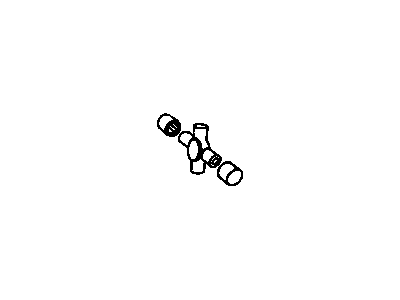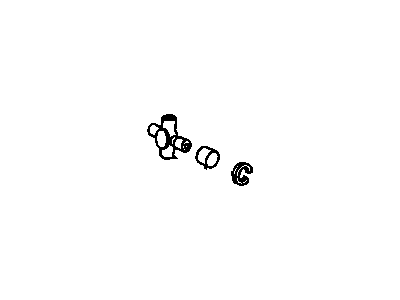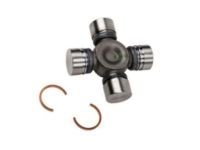
My Garage
My Account
Cart
Genuine Chevrolet S10 Universal Joint
U-Joint- Select Vehicle by Model
- Select Vehicle by VIN
Select Vehicle by Model
orMake
Model
Year
Select Vehicle by VIN
For the most accurate results, select vehicle by your VIN (Vehicle Identification Number).
7 Universal Joints found
Chevrolet S10 Joint Kit, Front Axle Propeller Shaft Front Universal
Part Number: 23104840$36.29 MSRP: $88.98You Save: $52.69 (60%)Ships in 1-2 Business DaysChevrolet S10 Joint Kit,Propeller Shaft Rear Universal
Part Number: 89040245$107.88 MSRP: $180.82You Save: $72.94 (41%)Ships in 1-2 Business DaysChevrolet S10 Joint Kit,Propeller Shaft Front Universal
Part Number: 89040243$112.81 MSRP: $189.10You Save: $76.29 (41%)Ships in 1-2 Business DaysChevrolet S10 Joint Kit,Propeller Shaft Universal
Part Number: 26008858$62.50 MSRP: $102.75You Save: $40.25 (40%)Chevrolet S10 Joint Kit,Front Axle Propeller Shaft Universal
Part Number: 15617319$18.90 MSRP: $38.11You Save: $19.21 (51%)Chevrolet S10 Joint Kit,Front Axle Propeller Shaft Universal
Part Number: 15617322$25.32 MSRP: $40.41You Save: $15.09 (38%)
Chevrolet S10 Universal Joint
The Universal Joint in Chevrolet S10 is also used to link the driveshaft to the differential in order to achieve required motion in the event that the car's suspension responds to the roads surface. This joint allows the driveshaft to turn, such as when the angle of two parts changes with relation to each other. Ordinarily the Universal Joint is a cross containing needle bearings located in hardened metallic holders anchored in place by clips. Throughout the years, S10 vehicles have used both factory pre-lubed U Joints, and greasable U Joints with grease zerk fittings for relubrication. Worn U Joints becomes noticeable in that it will produce some clunking noises during gear shifts and vibrations at speed and would therefore require inspection and possibly replacement. Periodically, there are wear indicators on a U Joint like cracked seals or red dust that should always be checked.
Each OEM Chevrolet S10 Universal Joint we offer is competitively priced and comes with the assurance of the manufacturer's warranty for the part. Furthermore, we guarantee the speedy delivery of your orders right to your doorstep. Our hassle-free return policy is also in place for your peace of mind.
Chevrolet S10 Universal Joint Parts Questions & Experts Answers
- Q: What is a Drive Shaft and Universal Joint and its function on Chevrolet S10?A:A driveshaft is a tube or pair of tubes that transmits power between the transmission or transfer case on 4WD models and the Differential. It is equipped with universal joints at either end and in the center for two-piece driveshafts. On 2WD models, the driveshaft has a splined yoke at the front that allows it to slide back and forth within the transmission, with an oil seal to prevent fluid leakage and dirt entry. For 4WD models, the driveshaft may have a splined yoke or companion flange at the transfer case end, and two-piece driveshafts usually have a slip joint at the front of the rear section. Center bearings support the driveline in two-piece driveshafts, mounted in a rubber cushion on a frame crossmember. The driveshaft requires minimal service, with the universal joints being lubricated for life and replaced if problems arise. It is important to keep the driveshaft clean and inspect it for damage, ensuring the small weights used for balancing are in place and securely attached. Any noise or vibration while driving may indicate a problem with the driveshaft, which can be verified through a road test.
Related Chevrolet S10 Parts
Browse by Year
2004 Universal Joint 2003 Universal Joint 2002 Universal Joint 2001 Universal Joint 2000 Universal Joint 1999 Universal Joint 1998 Universal Joint 1997 Universal Joint 1996 Universal Joint 1995 Universal Joint 1994 Universal Joint 1993 Universal Joint 1992 Universal Joint 1991 Universal Joint 1990 Universal Joint 1989 Universal Joint 1988 Universal Joint 1987 Universal Joint 1986 Universal Joint 1985 Universal Joint 1984 Universal Joint 1983 Universal Joint 1982 Universal Joint

